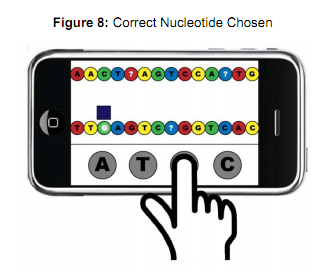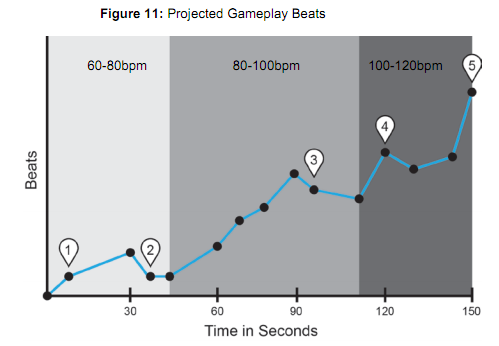One of the most commonly dreaded terms in the VFS game design program is term 3. Why? Because that’s the term you write your first DDD – detailed design document.
Why is the DDD such a dreaded assignment? After all, don’t game designers love coming up with ideas and fleshing them out? Absolutely. However, an effective DDD requires a level of detail many novice game designers aren’t accustomed to thinking about. Things like rate of fire, game time projections, and difficulty ramping.
So how do you go about writing one of these so-called DDDs? Well, there’s no right or wrong way to go about it. First and foremost, you must keep in mind the audience you’re writing for.
Think about Your Audience
Think about the other members of your team: the programmers, artists, level designers, sound designers, etc. These are the people you’re writing the document for. What information do they need to create the game?
As you write, imagine each of them, tired and grumpy at 2am trying to fumble through your document to glean the information necessary to meet the next deadline.
In other words, your DDD needs to be both detailed and concise. Information like, “A bunch of enemies will appear on screen when you enter the hallway” is of little use to a programmer trying to script specific encounters. Be specific.
Your job as a game designer is to anticipate the issues various people on your team will have when they try to create the game. So put yourself in their shoes, and make sure the DDD meets their needs.
Keep It Organized
Another thing that goes bad at 2am are the eyes. And the last thing tired eyes want is to sift through a wall of disorganized text.
So before you start writing, outline all the sections of your DDD. What are the main features? How does the camera system work? Does the game have a backstory?
And once you’ve outlined your DDD, break those sections down further. The more thoroughly you think through each section, the more likely you are to create a DDD with relevant and detailed information.

And please. As much as possible, include images, tables, and charts. They will communicate your ideas and thoughts far better than words. They will break up your text and increase the likelihood that people will actually read through this DDD you’ve spent so much time on. Trust me.
Get Started
The hardest part of a DDD is getting started. So just do it already!
Once you have your core concept down, start outlining the features and mechanics. The more time you spend outlining, the easier it will be to create the DDD.
If you’re interested, here’s the DDD I created during my year at VFS. It’s certainly not perfect, but it’s relatively detailed and concise, with lots of pictures.
Creating games is what game designers live for, but coming up with a high level concept isn’t enough. You’ve got to dig in and get down to the nitty gritty details. Because the sooner you figure out those details and start iterating on them, the higher your chances are of turning a good game into a great one.


